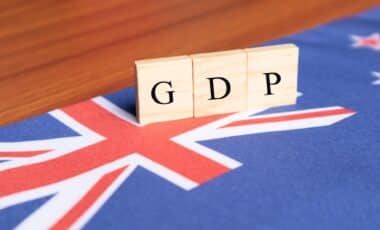In a decision that diverged from nearly all major economic forecasts, the Reserve Bank of Australia (RBA) has opted to hold the official cash rate steady at 3.85%. The announcement, made following the bank’s July meeting, came as a surprise to economists and financial markets, who had overwhelmingly predicted a third rate cut for the year. All four major banks—Commonwealth Bank, Westpac, ANZ, and NAB—had expected a 0.25 percentage point reduction.
The RBA’s decision reflects a cautious approach amid falling inflation data, with the board emphasizing the importance of waiting for further confirmation before resuming its monetary policy easing. For millions of Australian households, particularly mortgage holders, the hold means at least several more weeks of financial pressure as interest rates remain unchanged.
Board Divided on Timing but Not Direction
For the first time, the RBA published a record of votes, revealing a 6–3 split among board members. While three members favoured an immediate cut, the majority chose to pause, citing the need for additional data. Governor Michele Bullock said the decision was about “timing rather than direction” and indicated the board remains committed to lowering rates—just not yet.
The board’s next opportunity to act will follow the release of the June quarter Consumer Price Index (CPI) on July 30. Bullock noted that while inflation figures are trending lower, the central bank wants to ensure this progress is sustained. “We want to make sure we’ve nailed it,” she said during a post-meeting statement, adding that one quarter of favourable inflation data is not enough to warrant another cut.
Inflation Slowing, but Not Settled
Recent data shows that headline inflation fell to 2.1% in the year to May, down from 2.4% the previous month. Underlying inflation also declined to 2.4%, its lowest level in three and a half years. These figures suggest that inflation is gradually returning to the RBA’s target range of 2–3%, a key condition for future rate cuts.
Despite the positive trend, Bullock highlighted that one quarter of underlying inflation at 2.9% does not provide sufficient certainty. The board is waiting for the next CPI update to confirm whether the current easing trend will continue. A sustained reduction would validate the RBA’s path toward monetary easing, according to Bullock.
Anthony Albanese sold you a fools dream.
— The Hard Truth (@RightWingRuless) July 8, 2025
The Reserve Bank has defied expert predictions and has kept the official cash rate on hold.https://t.co/52v8E6FxGA
Market Expectations Upended
Leading into the July meeting, financial markets had priced in a 96% probability of a rate cut, and most economists surveyed anticipated an immediate reduction. The central bank’s decision to hold defied these predictions, causing a reassessment of short-term monetary policy expectations.
The RBA’s cautious tone and emphasis on data dependence suggest that future cuts remain on the table, but not guaranteed. The unexpected pause may also reflect the central bank’s concern about cutting too soon, potentially allowing inflation to rebound and undermining its efforts to stabilise prices.
Mortgage Holders Urged to Act Independently
The RBA’s decision prolongs pressure on mortgage holders, many of whom were anticipating relief. Rachel Wastell, a personal finance expert at Mozo, said the outcome underscores the need for borrowers to take control of their financial situation rather than waiting for rate reductions. “There’s often no prize for loyalty and no reward for waiting,” she told Yahoo Finance.
Wastell advised that homeowners with rates above 6% should consider refinancing options. With no guarantee of an immediate cut, households are encouraged to compare their current loans against market offers to reduce their repayment burden in the interim.
Governor Bullock indicated that the RBA’s next decision, scheduled for August, will depend heavily on upcoming inflation data. If the July 30 CPI report confirms that inflation is continuing to ease as expected, the board may resume rate cuts at that meeting. Until then, the RBA is prioritising certainty over speed, ensuring that its decisions are based on confirmed, sustained trends in economic performance.









